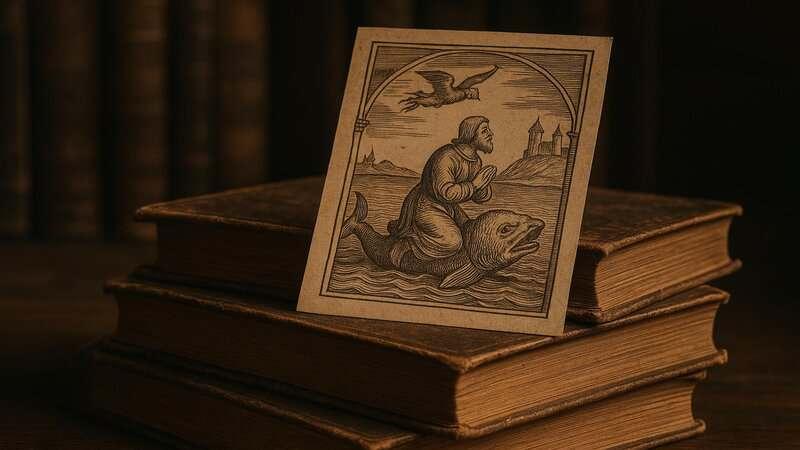2. Bloodletting Cures Illness

For nearly two millennia, bloodletting was a cornerstone of Western medicine. Doctors—and even famous figures like George Washington—believed that draining blood could balance the body’s four vital “humors” and cure everything from fever to headaches. This practice, rooted in ancient Greek and Roman thought, persisted despite its often dangerous consequences. Modern science ultimately revealed that bloodletting did more harm than good, leading to its abandonment. Yet, its long reign as a medical “cure” is a striking reminder of how easily misconceptions can endure. Read more at Smithsonian Magazine











